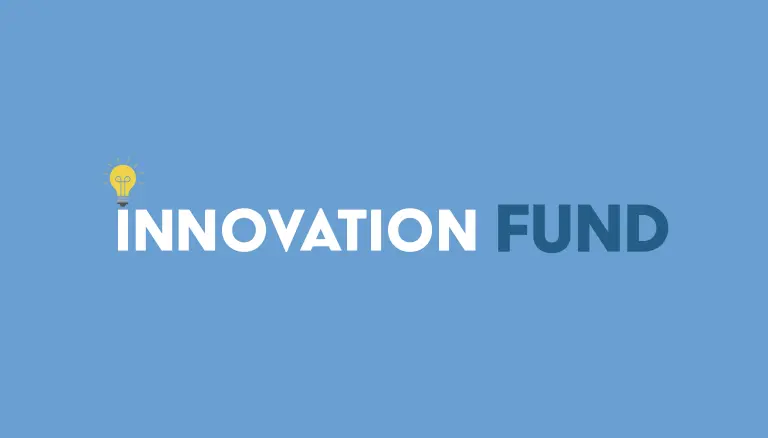Join The List
Your email address will only be used to notify you of new articles and events related to our website.

Deadline: Wednesday, May 8 (midnight EDT)
The Canadian Foundation for Pharmacy is now accepting submissions for 2024 grants from its Innovation Fund. To be considered, you must be a pharmacist engaged in research or grassroots innovation that seeks to advance the pharmacy profession in ways that can demonstrably improve the health of Canadians. CFP can award up to $100,000 in total funding for grants this year. PLUS this year’s Innovation Fund includes additional funding from the Nashat Family Community Pharmacy Fund to bridge the gap between innovative ideas—in services, technologies or care models—and their implementation in community pharmacy.
Applications must be submitted online. Simply click the button below!
Click here for general information about criteria and the online application process. You can also contact CFP Executive Director Linda Prytula at lprytula@cfpnet.ca or 905.334.3011.
CFP is now receiving applications for 2024. The first deadline, for Letters of Intent, is Monday, May 8. You can also contact CFP Executive Director Linda Prytula at lprytula@cfpnet.ca or 905.334.3011.